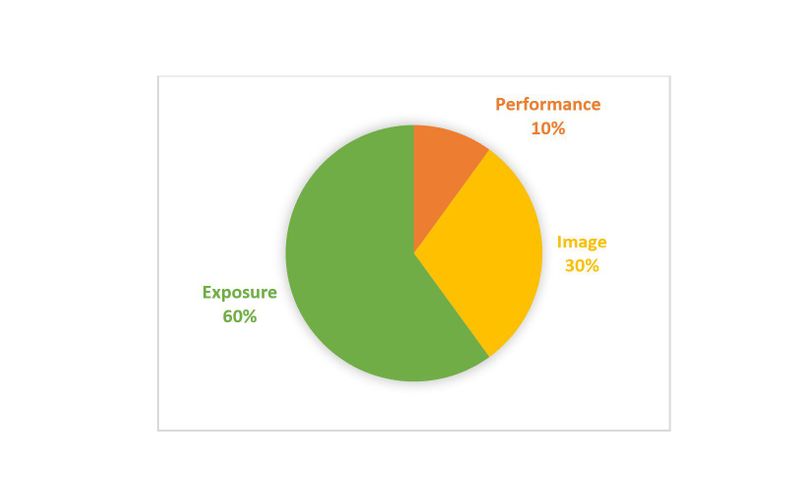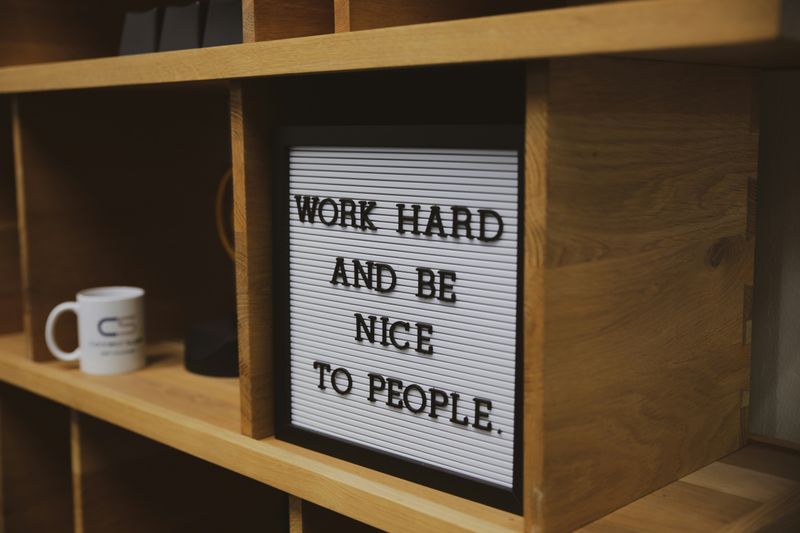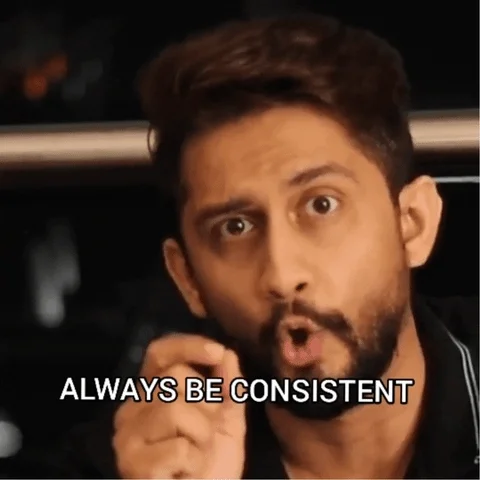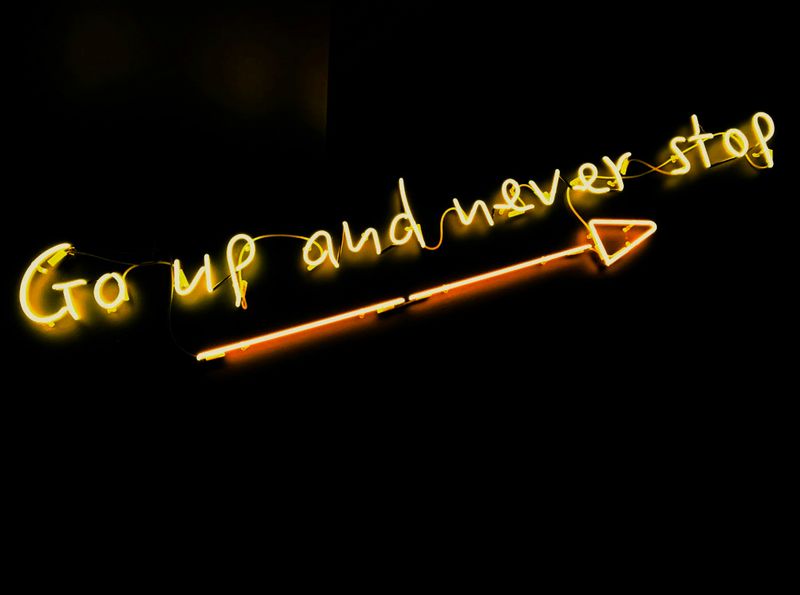When I landed my dream job as a career coach, I thought I was set for life! But I quickly tired myself out.
I saw that, despite working extremely hard and performing well at work, something wasn't working... I just wasn't growing in my career, and my hard work wasn't being recognized.
After reading about Coleman's P.I.E. model of career growth, it started making sense! Turns out, I was only focusing on P (performance), and ignoring I (image) and E (exposure).
I learned that, to truly succeed and unlock new opportunities, I needed to eat all the pieces of the P.I.E.

Find out more about Coleman's P.I.E. model and how you can apply it to rapidly advance your career!
The P.I.E. Model
Harvey Coleman, an international speaker and consultant, developed the P.I.E. model in his book, Empowering Yourself, to reveal the keys to career success.
He breaks down career progression into three key areas: performance, image, and exposure.
 Image credit: Arrowhead Consulting
Image credit: Arrowhead Consulting
Coleman proposes that career advancement isn't solely based on job performance (10%). It also depends on cultivating a strong professional image (30%) and intentionally seeking high-level exposure (60%) with key decision-makers.
Let's dive deeper into each of these pieces.
Performance = 10% of Your Career Advancement
 Photo by Caroline Attwood on Unsplash
Photo by Caroline Attwood on UnsplashI learned a crucial lesson at my dream job: I learned that focusing on performance alone wasn't enough to grow in my career.
By pouring all my energy into my work, I burned out, leaving no energy to network or strategically impress leadership. My hard work became invisible. Now, I deliberately manage my energy to ensure I'm fresh and present for opportunities that boost my visibility.
Boost your performance by managing your energy:
Maximize your impact by matching tasks to your energy level. Do your most important, high-value work when you have the most energy.
Don't mistake motion for progress. One focused hour of work is often worth three unfocused ones.
The most valuable work requires your best energy. Protect your peak hours for the big stuff. Delegate routine tasks like email to times when your energy is low.
Image = 30% of Your Career Advancement
To build a positive and professional image, you need to showcase your skills, expertise, and leadership. This helps you leave a strong, lasting impression.
As a facilitator, I learned that the first few seconds of any presentation are critical. A weak opening — poor posture, a hesitant entrance, or a lack of confidence immediately loses the audience's respect. You then spend the rest of your time fighting to get their attention back. That's why I now rehearse my entrance and my first two sentences more than anything else.

Think about building a positive, confident image:
Maintain an open posture: Sit and stand tall with your shoulders back; avoid crossing your arms as this can signal defensiveness or closed-off communication.
Speak with intent: When contributing to meetings, speak clearly, confidently, and concisely. Avoid filler words ("um," "like") and rambling — get straight to your key point.
When you appear confident in yourself, people are more confident in your abilities, making you a more likely candidate for promotions and new opportunities.
Quiz
Sarah is a top performer but is viewed by leaders as distant and unpolished. She wants to improve her image (I) using the P.I.E. model. Which action is most relevant?
Exposure = 60% of Your Career Advancement

I was once challenged directly by an interviewer: "Are you a wallflower? Because we only want people willing to be seen." (A wallflower is a shy person.)
This was a powerful, if blunt, lesson. Simply being good at your job isn't enough; you must also have visibility. You can't just talk about your competence — you have to step up and show it.
To increase your exposure and visibility, try networking:
Networking forces you to step outside your comfort zone, which builds essential social skills and self-confidence. The continuous practice of meeting new people ensures you learn how to make lasting, valuable professional connections.
Use social events to meet important people (like leaders and colleagues from other teams) who don't usually cross your path. It's your chance to informally showcase your personality and smarts, quickly raising your visibility across the company.
Quiz
Sarah now wants to showcase her abilities to key people in her field. What can she do? Select all that apply:
Applying the Model
 Photo by Fab Lentz on Unsplash
Photo by Fab Lentz on UnsplashLet's recap. Think of your career effort as a pie with three slices. Let's see how all these pieces fit together.
Performance (10%): This is the smallest slice — doing your job well. It's an important base, but not the whole picture.
Image (30%): This is how people see you. A good reputation and a positive professional image are crucial.
Exposure (60%): This is the biggest slice — making sure the right people see your work. Being visible is the most important part of getting ahead.
I now understand that finding and being successful in my dream job requires "eating all parts of the pie" — meaning I must balance my performance, image, and exposure. Focusing on my image and exposure is the essential strategy that lets my excellent performance be seen, valued, and rewarded with new opportunities.
Take Action
To apply the PIE model for career success, simply:
Your feedback matters to us.
This Byte helped me better understand the topic.

